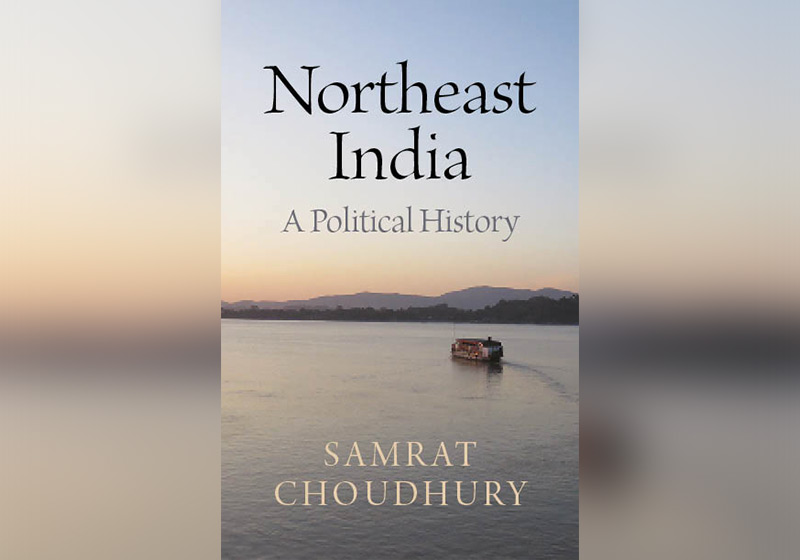This book is a lucid and readable narrative account that provides for readers an accessible introduction to the political history of Northeast India. It looks at the journeys through time by which each of the states of its Northeast entered modern India and acquired their present shapes. Since all of them border foreign countries, the making of some of those boundaries is also an inescapable part of the journey. The states now all share similar political and administrative structures under the Indian constitution. Parties here often run campaigns on issues of identity, which remains a central matter in politics. Two of these are identities based on language and religion. The emergence of the current print vernaculars and the entry of major world religions into states of the region are therefore key parts of the story.

““A persuasive, fascinating and unputdownable work of history. I have not come across any other book on Northeast India which reads like fiction, yet leaves untouched almost no aspect of the region, its areas and its people.”
Sajal NagProfessor of History, Assam University, and author of Contesting Marginality: Ethnicity, Insurgency and Subnationalism in North-East India
““This book brings great clarity and insight to the history of India’s Northeast—a region of mind-boggling diversity, where competing powers have struggled to impose their authority and to delineate boundaries that remain disputed even today. Essential reading, warmly welcomed.”
James ManorProfessor Emeritus, School of Advanced Study, University of London, and author of Politics and State–Society Relations in India
About
As India and the world are roiled by questions of nationalism and identity, this book journeys into the history of one of the world’s newest and most fascinating regions: Northeast India. Having appeared with the stroke of a pen in 1947, as the British Raj was torn asunder and partitioned into India and Pakistan, this is a region of hills inhabited by myriad tribes. Until colonial rule, they had lived in their ancient ways largely unmolested by their neighbours, who were rather keen to avoid their traditions of head-hunting. Samrat Choudhury chronicles the processes by which these remote hill-tribes, and the diverse other peoples inhabiting the valley of the vast Brahmaputra River below, became parts of the ‘imagined nation’ that is India.
2023
- History
- North East India